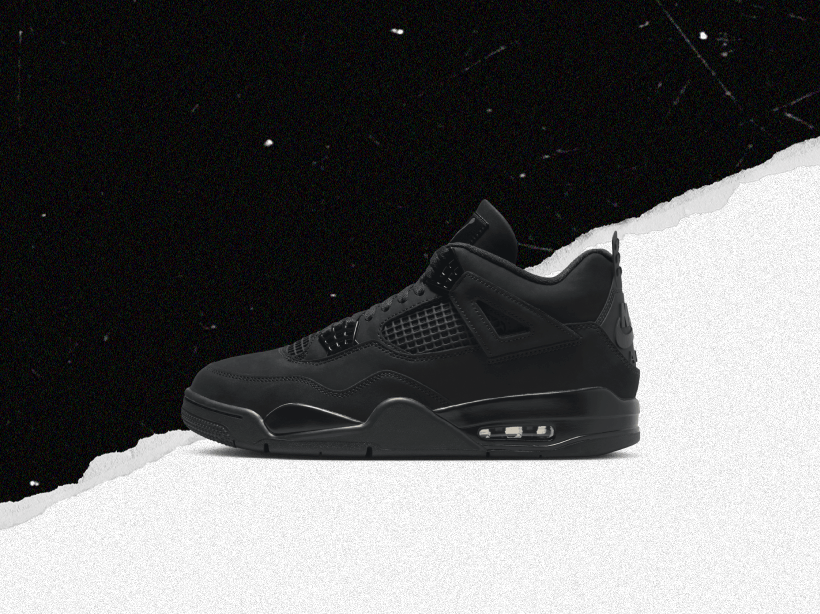adidas Samba: From Grass To Concrete
The originator of the adidas football boot, the adidas Samba was born in 1950, and it is known as adidas’ oldest existing sneakers. Throughout storied its history, the model’s popularity has never waned. From green arenas to city streets, adidas Samba is suited to wherever and whenever.
Samba legends on the football field
Created in 1950 the adidas Originals Samba OG was the first football sneaker designed for the brand. The shoe was designed to enable football players to train on icy, hard ground during the European winter, hence the iconic ‘suction’ like design on the iconic gumsole. The early adidas Sambas were not quite the same as the low-top Samba football boots we see today, instead it was a mid-to-high-top boot shape supported by kangaroo leather, and an innovative rubber outsole. In order to better promote this new pair of shoes on the big stage of the World Cup, adidas decided to name this new football boot after the famous Brazilian local dance samba, so that this pair of shoes can better integrate with Brazil’s unique customs and football culture in conjunction with the 1950 World Cup held in Brazil that year.
It was only in 1962 that a new version of the adidas Samba football boots was changed to the more familiar low-top version. By 1972, the adidas Samba gradually changed usage from outdoor football boots to indoor usage for futsal matches. As the years rolled on the adidas Samba became the most popular futsal/indoor shoe. The roots of today’s Samba stems from the 1972 version of adidas Samba in terms of shape and appearance. Over the years adidas has tinkered with the features with the 1974 version of the Samba with a foil stamping label flush with the three-striped logo. Extension models such as the Samba Classic was introduced in the 80s, and by 1995 the last final additions were made which is what we see in the established version we see today.
After more than 70 years, adidas Samba stills hold its place in today’s sneaker market and has truly become a timeless classic. This includes its most distinctive T-Toe (T-shaped toe) design, which is set on a brown rubber sole with a premium leather upper, the signature serrated three-striped Logo and the gilded Samba logo, all serve as the finishing touch to the shoes.
Step out of the arena and on the streets
With the adidas Superstar successfully transitioning the indoor basketball courts to the streets of the New York. The adidas Samba was also destined to follow suit. From it’s inception it has remained entrenched in pop-culture specifically through sports and music. Back in the 70s and 80s, Bob Marley, the one of the most popular musicians, innovator of Reggae music, and avid footballer was often seen wearing the model on stage and on the football field. Lead singer of the British Rock ‘N’ Roll band QUEEN, Freddie Mercury was also seen frequently wearing the adidas Samba on stage.
With the dominance of British Football clubs in Europe during the 70s, more fans were actively following their team across the continent. These avid fans gradually formed a cultural phenomenon, coined ‘Casual Culture’ and their unique way of dressing later called ‘Terrace Wear’. With this sub-culture growing steadily the popularity of the adidas Samba became the main style worn. Successful English League teams in the 80s =such as Liverpool and Nottingham Forrest who were sponsored by adidas also felt an allegiance to the brand and their footwear.
Due to the negative social impact of the ‘Football Hooligans’ and ‘Casual Culture’ fanaticism, in the mid-90s, the British government began to strictly control it, and young people in the UK began to look for new ways of entertainment. The free and uninhibited spirit of ‘Football Hooligans’ and their unique style began to imprint itself on the British rock phenomenon known as ‘Britpop’. Before forming Oasis, the Gallagher brothers grew up with Manchester’s strong football culture, and later influenced the way they composed music and dressed. In particular, the band’s lead guitarist Noel Gallagher noticeably adorned and participated in ‘Terrace Wear’ trend. In the UK, through football and through Rock ‘N’ Roll, the adidas Samba stamped its mark on popular UK culture as the shoe was ‘cool’ enough to represent their culture during a tumultuous time in the country.
Entering the millennium, streetwear brands and artists like Stone Island, CLOT, and Madsaki have all interpreted adidas Samba. The new look, adidas Samba itself is also evolving and changing, like the ADV series and the OT-TECH series are specially launched shoes for skateboarding and fixed geared bike-riding. In recent years, adidas Samba has also become a favourite of fashion houses and independent designers, designer Grace in the collection of designer brand Wales Bonner in collaboration with adidas for autumn/winter 2020. Wales Bonner drew inspiration from Bob Marley’s musical football experience, and the shoes also chose adidas, which best represents adidas’ closest relationship with football and Bob Marley Samba shoes.
Fast forward to the future and the adidas Samba still remains one of the most popular shoes, not exclusively within the sneaker culture sphere, but as a style that many hold dear whether they first found the shoe via sport, music or fashion!
Keep it locked to JD Sports for the latest adidas footwear drops!


















